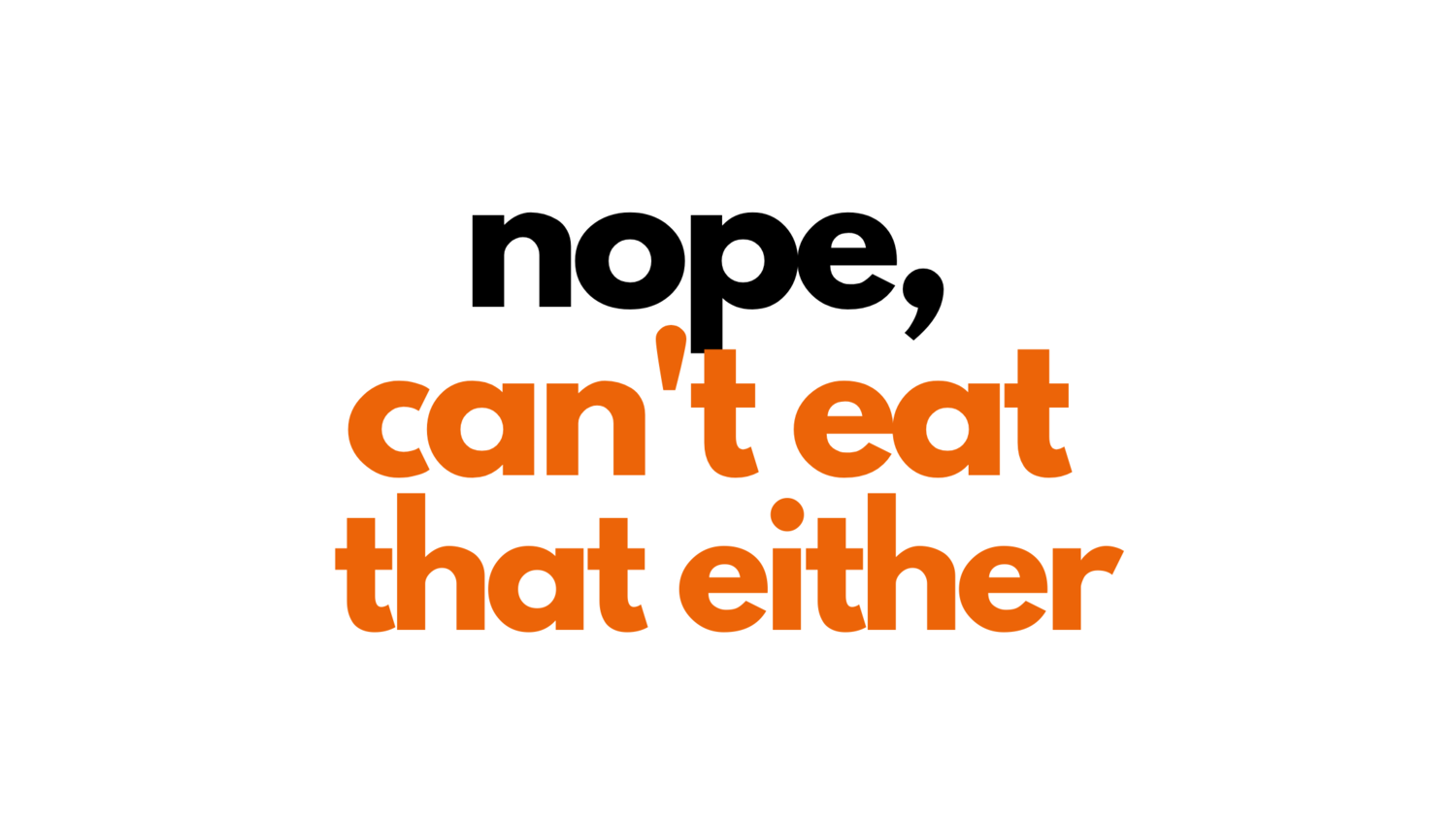Guest Post: Alternatives to Try for Common Food Allergies
Written by Joana Hoffman
In the U.S., a striking number of people suffer from serious food allergies. The Big 9 — milk, eggs, peanuts, tree nuts, fish, shellfish, wheat, soy and sesame — causes 90% of food allergy reactions. And while allergies to milk, eggs, wheat and soy are frequently outgrown, others remain with you for life.
Living with food allergies can be an all-consuming task. Going out to eat, for example, requires asking the chef and/or wait staff a lot of questions. Cooking at home also poses its own challenges; you have to work with a limited number of ingredients to avoid allergens that most people may consider kitchen staples. Fortunately, there are plenty of alternatives out there that can keep your dishes tasty.
Peanut alternatives
Between 1997 and 2007, the number of children with peanut allergies tripled in the U.S. Peanuts, along with tree nuts like almonds, walnuts, cashews and pine nuts, can cause anaphylaxis — which is a life-threatening condition that closes off a person’s airways. In past years, science has made a headway into this problem; one study on peanut allergies found that introducing peanuts into a baby’s system can prevent the development of an allergy later on in life. Many experiments are also currently being done to desensitize children against peanut allergies.
Some alternatives to peanuts are roasted soybeans, peas or chickpeas, which are excellent sources of crunch for salads, and you can spice or roast them for a nut bowl snack. Instead of chopped nuts for desserts and other recipes, pretzels make for an excellent substitute. Finally, you can replace the nuts in granola bars, bread and butters with roasted pumpkin seeds or sunflower seeds.
Gluten alternatives
Gluten is a sticky protein found in grains like wheat, barley and rye; it’s the component that makes baked goods stretch and pull apart. People who have Celiac disease should avoid foods with gluten because it can cause problems for their digestive system. Other people who have gluten intolerance — which means they experience symptoms like fatigue, headache, abdominal pain, bloating and brain fog after consuming gluten — should likewise stick to a gluten-free diet to minimize discomfort.
The good news is that there are plenty of tasty, gluten-free grains and cereals you can enjoy such as quinoa, amaranth, polenta, buckwheat, millet, tapioca, oats, cornmeal and potato starch. You can cook quinoa or prepare oatmeal for a filling and healthy meal with just a rice cooker; in fact, you can find more easy recipes online that use these alternatives. Or you can even bake products with cornmeal instead. For pasta, you can swap out white flour for tapioca, buckwheat or rice flour, while polenta makes a great substitute for breadcrumbs.
Shellfish alternatives
Despite being the most common allergy among adults in America, shellfish isn’t as easy to avoid as you might think. Shellfish allergies encompass two classes of foods: mollusks (clams, mussels, oysters) and crustaceans (shrimp, lobster, crabs). Condiments like fish sauce and other prepared foods may also contain shellfish-based ingredients, so it’s important to read through the ingredients carefully.
There are a number of shellfish alternatives to try. Surimi is an imitation crab made from white-fleshed fish like pollock or hake. You can also order plant-based shrimp products at restaurants; these alternatives are derived from mung bean and seaweed, so they’re a sustainable choice. Mushrooms and vegetables like salsify — known for its off-white, carrot-like root that tastes like oysters — are good replacements for shellfish as well. You can grate young, tender salsify roots into salads, or cook older roots into hearty soups and stews.
Mixing it up
While living with food allergies can limit your food choices, experimenting with alternative ingredients in the kitchen may be just what your tastebuds are missing.
Joanna Hoffman is a freelance writer interested in all things health and self-care. She is a mother of three, two of whom have food allergies; this has inspired her to find and prepare tasty dietary alternatives for them. When she’s not writing, researching, or experimenting with food recipes, you can find her going on long walks at the park with her beagle, Nugget.







